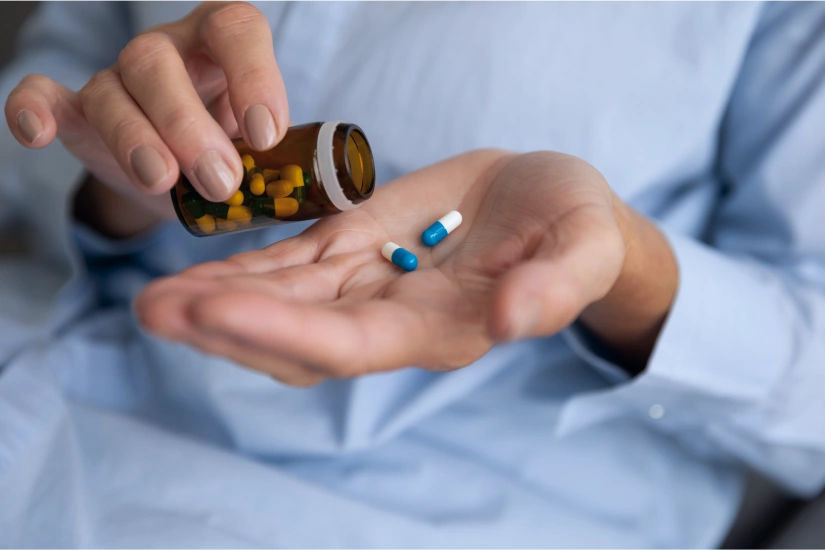24/7 Helpline:
(866) 899-111424/7 Helpline:
(866) 899-1114
Learn more about Ritalin Rehab centers in Navesink
Ritalin Rehab in Other Cities

Other Insurance Options

AllWell

American Behavioral

Humana

Meritain

ComPsych

Group Health Incorporated

UMR

Carleon

Oxford

MVP Healthcare

Optima

Molina Healthcare

Ceridian

UnitedHealth Group

BlueCross

Magellan Health

BHS | Behavioral Health Systems

CareFirst

Coventry Health Care

Medical Mutual of Ohio




















